The Black Shark 2 Review: A Gaming Phone's Existential Crisis
by Andrei Frumusanu on September 25, 2019 8:00 AM EST- Posted in
- Mobile
- Smartphones
- Xiaomi
- Snapdragon 855
- Black Shark 2
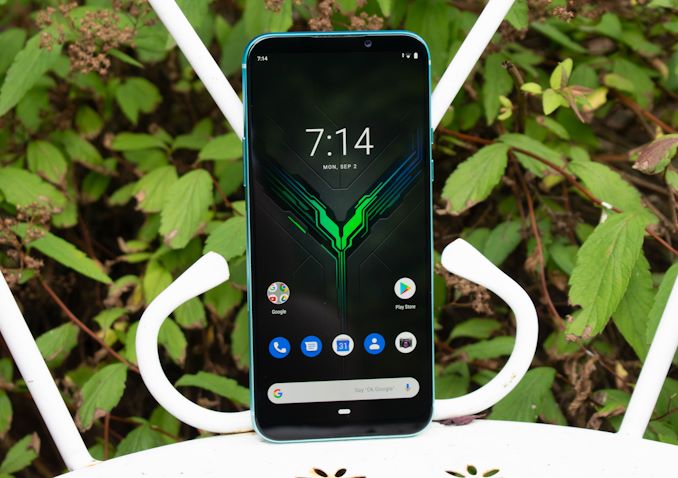
Over the last 1-2 years we’ve seen a new type of smartphone category start carving itself a niche in the market: the gaming smartphone. Last year, the original Black Shark was amongst the first devices to try to cater to a gaming audience, offering characteristic “gaming designs” as well as promising to offer software features to differentiate itself from the more usual smartphone offerings.
This year, Xiaomi has updated its Black Shark line and brand with the new Black Shark 2. The phone is very much a continuation of what we saw last year with the Black Shark, but offering the newest hardware innards and iterative improvements to the design and features.
The premise of a gaming phone is a bit of an odd one. The one aspect that differentiates classical gaming products from regular ones is their more exotic and futuristic design as well as the notion that they’re optimised for the gaming experience. I think the wider audience would understand the latter point as not only including features that simplify or augment the gaming experience, but also just plainly optimise the raw gaming performance of a device. In this regard, gaming phones pretty much just have one aspect in which they can greatly differentiate themselves and improve upon other “regular” devices: thermal design and heat dissipation. Indeed, more recently we’ve seen products that specifically try to highlight their improved thermal capabilities, which in turn allow for higher and longer sustained gaming performance. Today we'll be investigating how the Black Shark 2 fares in this area, and if it's able to fulfill the expectatons of a "gaming phone".
| Black Shark 2 | ||||
| Black Shark 2 | ||||
| SoC | Qualcomm Snapdragon 855 1x Kryo 485 (Cortex-A76) @ 2.84GHz 3x Kryo 485 (Cortex-A76) @ 2.42GHz 4x Kryo 485 (Cortex-A55) @ 1.80GHz Adreno 640 @ 585MHz |
|||
| DRAM | 8/12GB LPDDR4X | |||
| Display | 6.39" AMOLED 2340 x 1080 (19.5:9) |
|||
| Size | Height | 163.61 mm | ||
| Width | 75.01 mm | |||
| Depth | 8.77 mm | |||
| Weight | 205 grams | |||
| Battery Capacity | 3900mAh (Design) 4000mAh (Typical) |
|||
| Wireless Charging | - | |||
| Rear Cameras | ||||
| Main | 48MP IMX586 0.8µm pixel w/PDAF f/1.75 |
|||
| Telephoto | 12MP 1.0µm pixel f/2.2 2x optical magnification |
|||
| Wide | - | |||
| Extra | - | |||
| Front Camera | 20MP 0.9µm f/2.0 |
|||
| Storage | 128 / 256GB UFS 2.1 | |||
| I/O | USB-C no 3.5mm headphone jack |
|||
| Wireless (local) | 802.11ac Wave 2 Wi-Fi Bluetooth 5.0 LE + NFC |
|||
| IP Rating | none | |||
| Other Features | In-screen optical fingerprint sensor | |||
| Dual-SIM | 2x nanoSIM | |||
| Street Price: | 8+128GB: 549€ 12+256GB: 649€ |
|||
Naturally, a gaming phone requires the best SoC available, and in this regard the Black Shark 2 remains relatively in-line with what’s available in the market, featuring a Snapdragon 855 SoC. The SoC should enable excellent gaming performance as we saw the Adreno 640 to be quite competitive if it’s able to unleash full potential.
In terms of memory, the phone comes in either 8GB or 12GB RAM configurations, with either 128 or 256GB of UFS 2.1 storage.
The front of the phone is relatively classic and more in line with 2017 designs. We see a 19.5:9 aspect ratio AMOLED screen with at resolution of 2340 x 1080. In terms of gaming features, the one aspect in which the display differentiates itself isn’t by the panel itself, but rather by the touch screen. Here Xiaomi claims to offer a 240Hz touch controller which is meant to reduce input lag compared to other 60 or 120Hz devices in the market.
Indeed, in my subjective experience with the phone, I noticed that its touch responsiveness is much better than that of other devices. The tap latency improvements aren’t as quite noticeable in everyday usage, but the scroll latency is quite distinctively improved, with screen content able to follow one’s finger significantly better.
Overall while being a gaming phone, it’s not quite as oversized as you’d expect – at 75.01mm wide it’s still very much in the range of comfortable and useable by most people.
The back of the phone accentuates the whole design of the phone. The device is mainly solid aluminium – both on the sides as well as middle of the phone. The middle metal piece feels non-continous to the rest of the body of the phone, being interrupted by a glass inlay surrounding it. The design seems to help with the gaming aesthetics as well as the weight of the phone as there's a bit less metal employed. I’m not quite convinced by the build quality because when pressing the back near the “S” logo I can clearly feel the panel flex a bit and touch the internal components / battery, meaning there’s a small air gap on the inside.
Camera wise, the Black Shark 2 adopts a similar camera assembly as the Mi9, minus the wide-angle. The main sensor is again Sony’s IMX586 sensor, paired with an f/1.75 aperture lens. There’s no OIS on the phone which doesn’t bode too well, as we’ve seen the sibling Mi9 fall flat on its face in low-light conditions. The secondary module is a 2x magnification telephoto module with a 12MP sensor and an f/2.2 aperture.
The top and bottom of the phones are relatively barren – we see just a microphone hole at the top, whilst finding the USB-C connector as well as the dual nanoSIM slot at the bottom. The design is characterised by two large chamfers surrounding the phone, adding to the design of the phone.
The sides of the phone are a bit more populated; we find the regular volume rockers as well as power buttons on the left and right side, but we also find a toggle switch above the power button. This is the “Shark key” that puts the phone into Shark mode.
Alongside both sides we find two LED strips which can showcase the charge level of the device when charging – varying in strip length and colour from red to green.
On the software side of things, Shark mode and the "Shark Space" is essentially a secondary launcher interface that mimics the home screens of console UIs, with a basic listing of installed games as identified by the launcher. In the case that a game is not identified, you can still manually add apps to the list.
While in-game, you don’t really notice much difference to a regular phone, with the exception if you swipe from the bottom right (top right in landscape) corner you get an OSD menu with some options. In general, there’s not too much useful in here – under the advanced menu you get some performance monitoring options and notification toggles. There’s an FPS OSD overlay you can switch on, which can be interesting, although the CPU frequency and electrical current draw (not power) options are not very useful.
The one interesting and useful addition the Shark mode enables is “MasterTouch”, which is two pressure sensitive mapping areas which can be set up as actuation zones for configurable virtual click functions anywhere on the screen. This is actually an interesting addition and is particularly useful for shooter games where you’re using virtual analog sticks for movement and aiming, enabling you two additional functions without lifting your fingers off the screen.
Turning off gaming mode while inside a game doesn’t really change much and you still get your FPS OSD and MasterTouch still works - but flipping the toggle switch back on will interrupt your game and bring you back to the Shark launcher.
Overall, the software features of the Black Shark 2 were interesting but nothing really extraordinary that would dramatically differentiate the phone from other devices. The pressure sensitive screen and the MasterTouch feature I found was the only worthwhile addition to the “Gamer Studio” software suite.
Naturally, what should really define a gaming phone is its performance, so let’s move on to see how the software stack and hardware is optimised for this task.


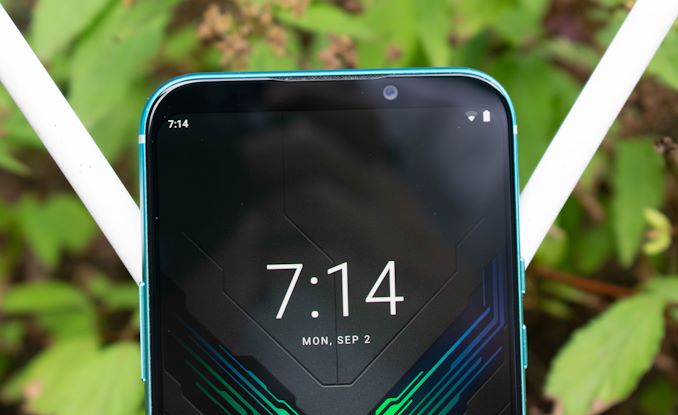
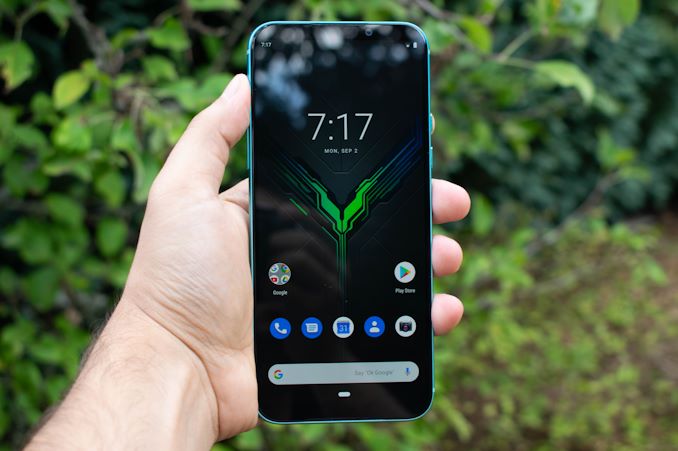
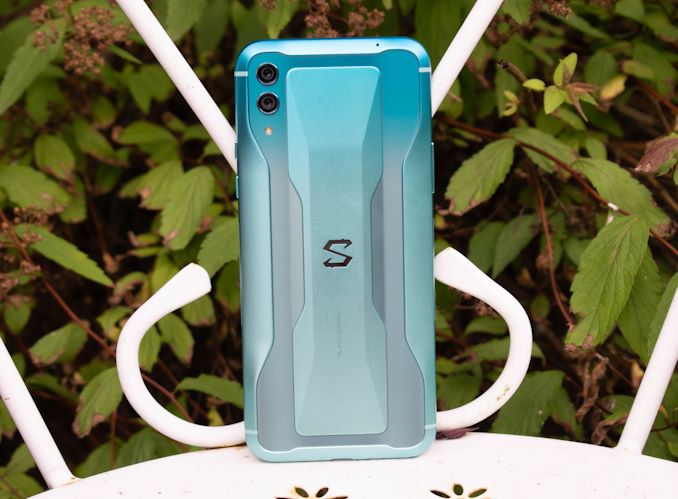
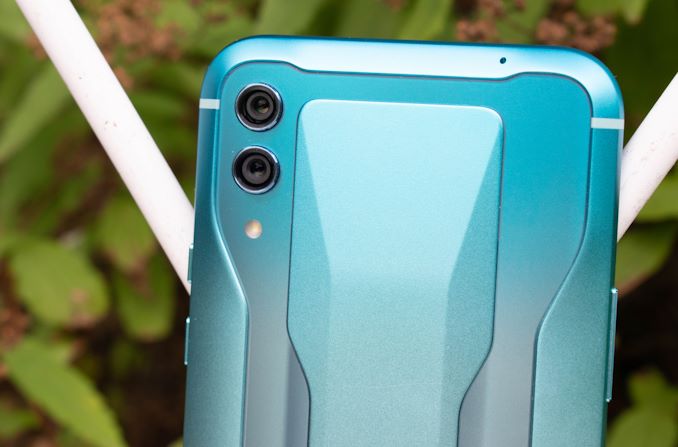




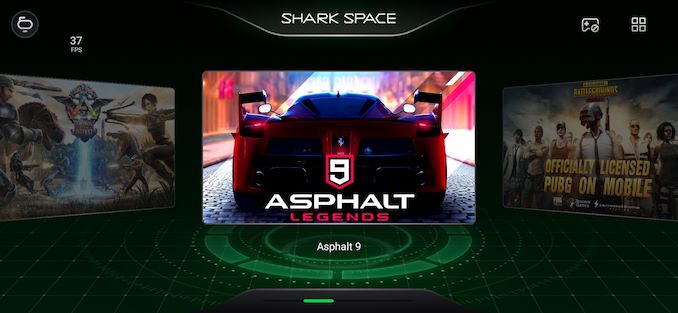

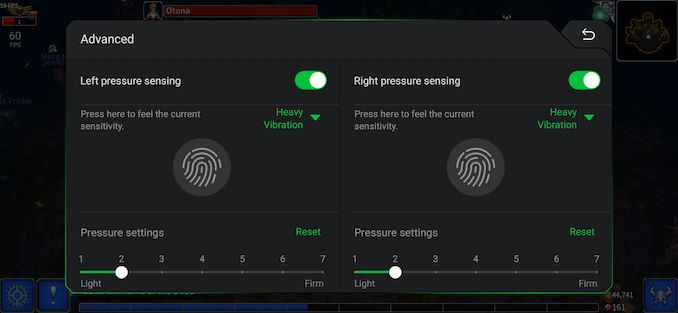
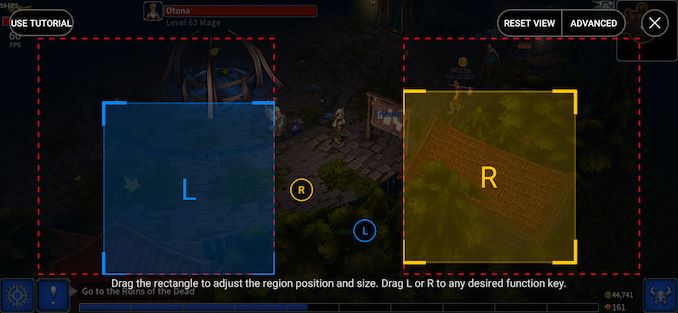








63 Comments
View All Comments
s.yu - Thursday, September 26, 2019 - link
I'm quite aware of people who never go for the achievements. When my cousin plays Kingdom Rush he DOESN'T EVEN GO FOR ALL 3 STARS.The horror! It's like eating an apple with two or three random bites then throwing away all the rest!
StormyParis - Wednesday, September 25, 2019 - link
Reviewing stuff as part of a for-pay arrangement must require very high-level mental, ethics, ... jiu-jitsu. I'm not sure how long the partnership w/Qualcomm will last, but, as a reader, thanks for the heads up.IUU - Wednesday, September 25, 2019 - link
They are trying to imitate Apple. Too much fluff, so people believe they buy a superior device(it is the price too).So they hope they can make some profit out of thin air.
I hope you should be critical of the iphones in this fashion as well.
They allocate a bigger amount of transistors to the faster cores , so they
can claim supremacy, no matter the fact that on general cpu performance
they are about the same.
No matter that their gpu is anemic and nowhere near snapdragons.
melgross - Thursday, September 26, 2019 - link
Exactly what fluff are you talking about?You really are deliberately ignorant.
edsib1 - Wednesday, September 25, 2019 - link
Another phone review where the benchmarks are all wrong. Put the phone in game mode - it is easily in the top 5 855 based phones in terms of gaming performance.cfenton - Wednesday, September 25, 2019 - link
But is that because it cheats and runs without any thermal limitations when it's in game mode? Personally, I don't want my phone getting hot enough to be uncomfortable to hold.edsib1 - Wednesday, September 25, 2019 - link
But it doesnt get hot. They run at full tilt and dont throttle.Read the other reviews on the internet about these phones. It is Anandtech that is out of step with the other sites.
The gaming phones are basically running in saver mode - unless you turn game mode on.
Exactly the same problem with the review of the Oppo Reno 10x zoom....
Andrei Frumusanu - Wednesday, September 25, 2019 - link
> But it doesnt get hot. They run at full tilt and dont throttle.I already demonstrated that's not what happens.
> Exactly the same problem with the review of the Oppo Reno 10x zoom....
What's the problem? That phone didn't throttle. It had a performance mode but that's essentially just a cheating button and running all frequencies pegged at max.
edsib1 - Thursday, September 26, 2019 - link
Game mode is not a cheating mode if the phone can maintain that speed. If you run CPU throttle on the Oppo for over 10mins the phone maintains a very high score with game mode engaged (around 15% higher than without).The Exynos 9820 on the other hard throttles hard after a couple of minutes losing about 25% performance.
So why would the game mode that doesnt throttle be more of a cheat mode than the 9820 which throttles hard?
edsib1 - Thursday, September 26, 2019 - link
Reviewing a gaming phone without using gaming mode is like testing an Audi RS6 without putting it into sport mode - pointless.